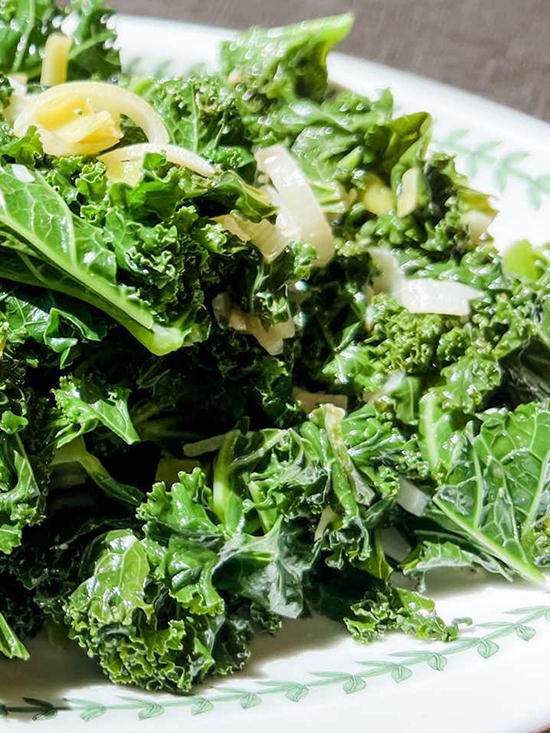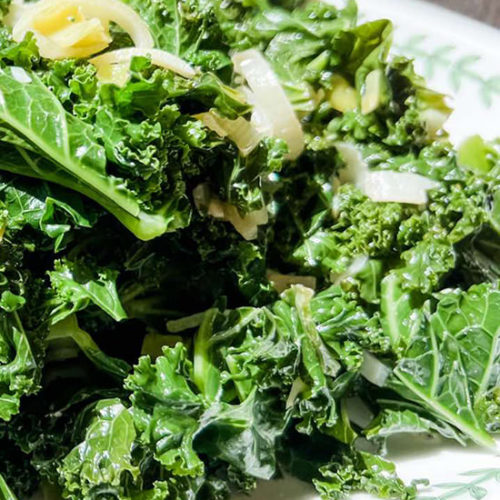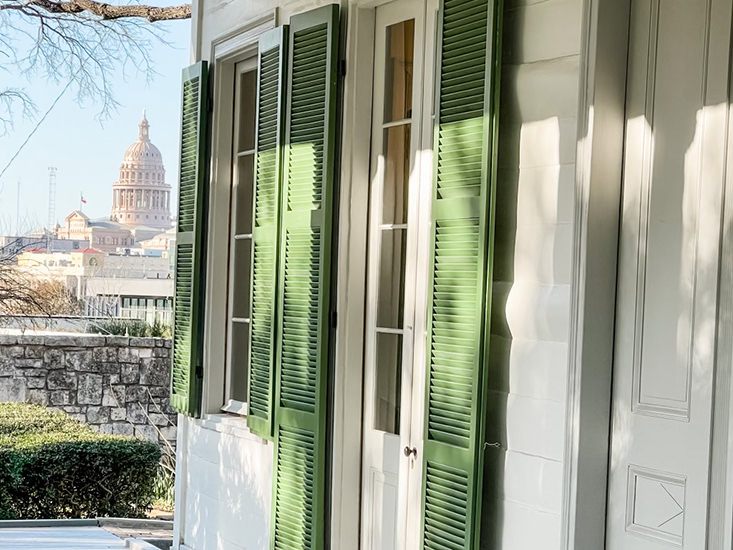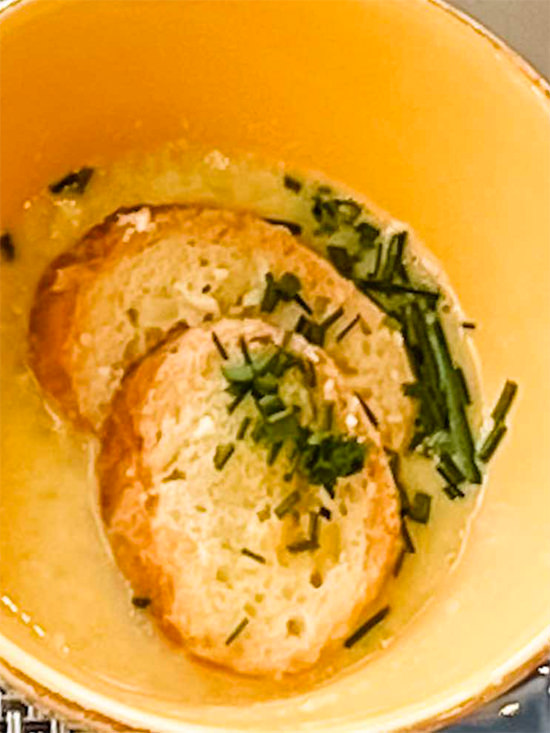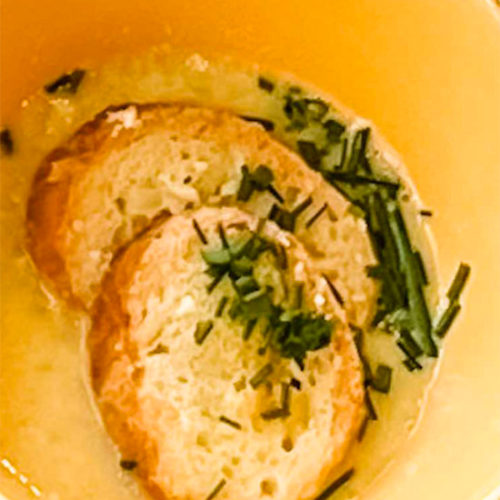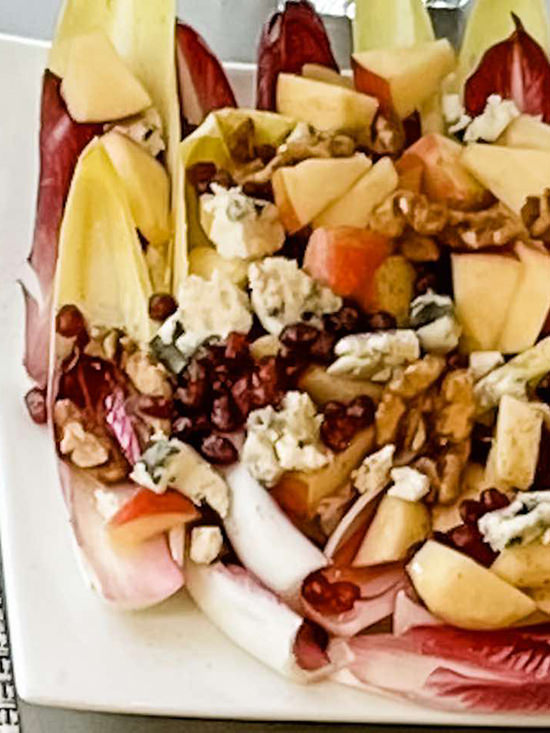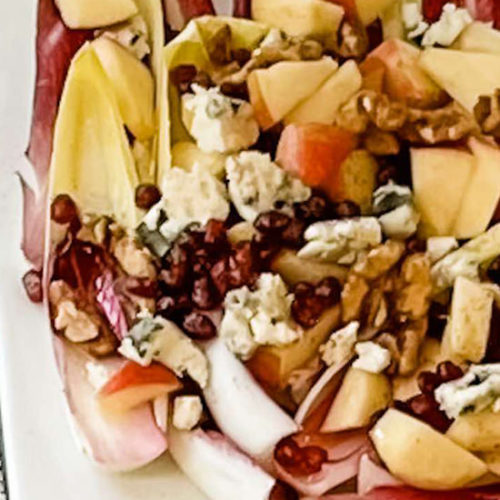When is the last time you stood outside, boots digging into the earth, and soaked in the colors all around you?
Gardening is grounding. Literally. There is beauty in the dirt. It’s that time of year when sunshine warms the air, and our thoughts turn toward new beginnings. It’s a time-honored metaphor for life. We plant the seeds, water them, and watch them grow. But for those of us who love the garden and the peace and nostalgia it brings forth; we know there is much more inspiration there.
I have been gardening since I was a little girl, shadowing my grandmother on her half acre garden at the farm in Dimebox, Texas. Every time my hands are in the dirt, I’m transported back to that place for just a moment. As Texans, we know every child should get a chance to spend time outdoors. It’s where some of the best lessons are. Put in the work and you might see the fruits of your labor. Even if your crops fail, the toil helps to build our character. The peace outside away from technology connects us to the earth and humbles us.
Few things are better than stopping to smell that bright flower that pushed through to reflect radiant color back toward the sun that fed it.
This Spring, Texicureans invites you to play in the dirt! We are giving you two routes to take for some adventure. Visit the San Antonio Botanical Garden to learn from the experts, take in the beauty, and grab a bite. Or are you looking to try something new in your own back yard? A “lasagna gardening” technique tutorial might be for you. We did both and we are here to report back!
San Antonio Botanical Garden
I hadn’t been to the San Antonio Botanical Garden in years. And, wow, have they created wonderful new additions! The whole day was a delightful experience. SABG has a beautiful new section dedicated to culinary gardening and a restaurant offering a full menu and wine list.
We started the day by getting some insight from Andrew Labay, their Director of Horticulture.
“April is by far one of the best times to plant plants in the garden in a general sense: whether it be vegetable garden, ornamentals, or trees. This is a time we transition from our cool season crops to our warm season crops. Things like tomatoes, okra, tomatillos, eggplant, squash, and peppers of all type – it’s a great time to plant those items,” says Andrew.
Andrew invites you to come enjoy their one-acre vegetable garden. With a chef on staff and an outdoor kitchen they can pull items right out of the garden and display different recipes. If you’re interested in planting ornamentals, the Botanical Garden is opening a brand-new water saver garden which features over 100 different types of native and adaptive plants that are great for Texas and help save water in the landscape.
When you visit SABG, I highly suggest you stop at their farm-to-table café, Jardin. We sat on the patio, surrounded by tulips and rosemary listening to soft music. Our divine plates came out and we were transported to a European café right in South Texas for a little while.
Lasagna Gardening:
Back to reality in my own yard, my mind is focused on vegetables. A new technique has piqued my interest this year: low maintenance “lasagna gardening”. Bob and Karen Taylor, who live in the rough and tumble Hill Country have utilized this method successfully for several years.
Lasagna gardening is a no-dig, no-till organic method of gardening that results in rich fluffy soil. Advantages of this method are fewer weeds, better water retention, less need for fertilizer, and loose soil that is easy to work. Bob and Karen are also passionate about the benefits of composting. Are you compost curious?
Composting returns important nutrients to the soil. It reduces your household trash. It’s better for the environment. When kitchen scraps go to the landfill, they create methane. When composted, they do not. Essentially, you need a balance of nitrogen (greens – including food scraps, coffee grounds, tea bags, fresh grass clippings) and carbon (browns – which can be dry leaves, straw, paper napkins, and newspaper).
For the “Lasagna Garden” recipe and for specific information on how to compost – see the recipe below:
Texicureans has given you two routes to take to ground yourself in the garden this Spring. So, friends, ask yourself this: What do you want to grow?
Recipe for Composting
Reasons to Compost:
Compost returns important nutrients to the soil. It reduces your household trash. It’s better for the environment. When kitchen scraps go to the landfill they create methane. When composted they do not. Saves money! Instead of purchasing compost, you make your own for free.
You need to have a balance of nitrogen (greens) and carbon (browns):
Greens include:
Food scraps
coffee grounds
tea bags
fresh grass clippings
Browns include:
dry leaves
straw
paper napkins
newspaper
You can also compost:
eggs shells
hair
nail clippings
wool
pure cotton
manure
You should not compost:
meat
dairy
bones
pet feces
diseased plants
magazine paper
If you have an open compost pile, be sure to cover your greens with browns to prevent odor and pests.
It’s good to throw some soil or manure in your compost pile/bin from time to time as it will introduce more organisms to your compost.
You need to make sure the compost is properly hydrated, not too dry and not too wet. It should feel like a wrung out sponge.
Compost should be turned at least once a week to aerate it.
Finished compost takes a few months. It should be dark brown, crumbly and have an earthy smell.
Recipe for Lasagna Gardening
Lasagna gardening is a no-dig, no-till organic method of gardening, that results in rich fluffy soil. It’s best to start in the fall, but can be planted immediately if you started late.
Advantages of Lasagna Gardening are:
• Fewer weeds
• Better water retention
• Less need for fertilizer
• Loose soil that is easy to work
Equipment/Tools you’ll need:
• Garden hose
• Shovel
• Gardening gloves
Materials you’ll need:
• Cardboard or newspaper
• Brown leaves (optional)
• Compost
• Manure
• Peat moss
• Mulch
• Cinder blocks, rocks or other material to create raised beds
Process:
• Create the side of your beds, they should be about 18” deep.
• Line the bottom with cardboard or newspaper (No need to take out weeds and grass as this will create a weed block)
• Start layering material in 3” to 5” layers, starting with the brown leaves, followed by compost, manure and peat moss. After plants are in end with a layer of hardwood mulch. Water well and you’re done!


